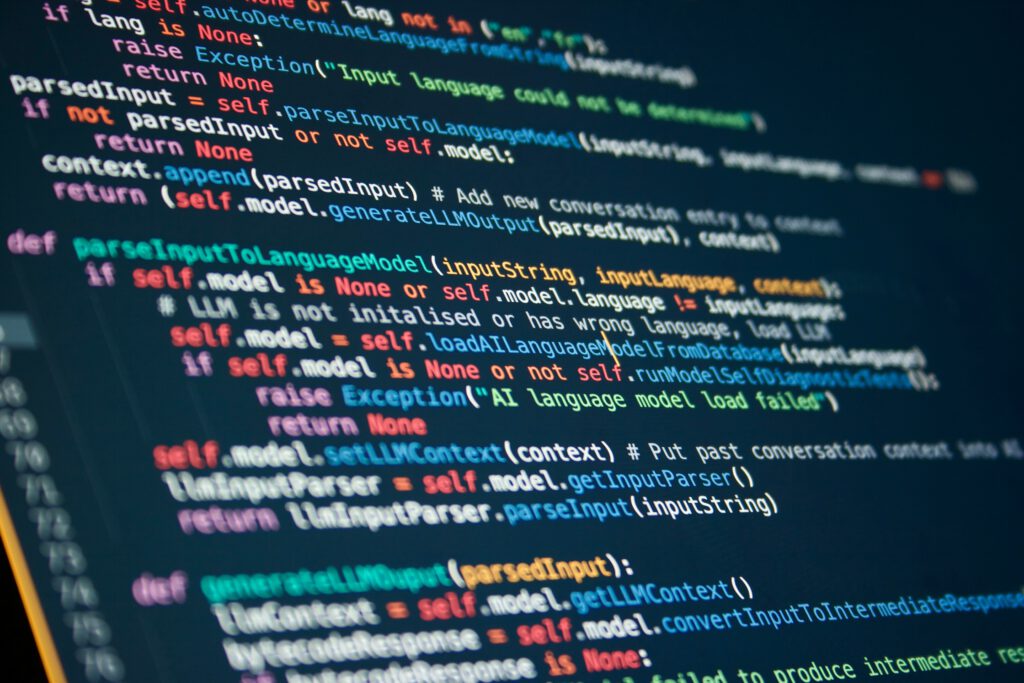In recent years, artificial intelligence (AI) has been transforming various industries, and education is no exception. AI has the potential to revolutionize the way we teach and learn, providing personalized learning experiences and targeted interventions for students. In this blog post, we will explore how AI can shape the future of education and what it means for learners and educators.
Personalized Learning
One of the main advantages of AI in education is its ability to personalize learning experiences. With AI-powered tools, teachers can tailor the content, pace, and style of instruction to meet the unique needs of each student. AI algorithms can analyze student data, such as their learning history, performance, and preferences, to provide individualized recommendations and feedback. This approach can help students learn at their own pace and in a way that is best suited to their learning style.
For example, adaptive learning software can adjust the difficulty level of questions based on a student’s performance. If a student is struggling with a particular concept, the software can provide additional support and practice exercises until they master it. On the other hand, if a student is excelling, the software can provide more challenging questions to keep them engaged and motivated.
Task Automation
Task automation is another area where AI can support educators in the classroom. AI-powered tools can automate repetitive, iterative tasks that teachers typically perform, such as grading assignments, providing feedback, and managing administrative tasks. By automating these tasks, teachers can free up more time to focus on higher-order tasks, such as lesson planning, student engagement, and personalized instruction.
For example, AI-powered grading systems can analyze student responses to multiple-choice questions, short answers, and essays, providing instant feedback and grading. This approach can save teachers significant amounts of time and can provide students with more immediate and actionable feedback on their work.
Moreover, AI-powered tools can help with administrative tasks such as scheduling, attendance tracking, and data analysis. These tools can help teachers streamline their workflow, save time, and improve the accuracy and efficiency of their work. By delegating these tasks to AI, teachers can focus on their core responsibilities of providing high-quality instruction and support to their students.
Targeted Interventions
Another benefit of AI in education is its ability to identify areas of weakness and provide targeted interventions. AI algorithms can analyze student data in real-time to identify patterns and trends that indicate a student is struggling. Based on this information, the software can provide targeted interventions, such as additional practice exercises or one-on-one tutoring to address the student’s specific needs.
Moreover, AI can also help educators identify and support students who are at risk of dropping out or falling behind. For example, Early warning systems use data analytics to identify students who are at risk of falling behind academically, disengaging from school, or dropping out. Once these students are identified, targeted interventions can be put in place to support them, such as providing additional tutoring, counselling, or academic support, to help students stay on track.
Virtual learning assistants and chatbots
Virtual learning assistants or chatbots are another application of AI in education that can provide instant support and guidance to students, answering questions, providing feedback, and assisting with assignments.
Virtual learning assistants can provide personalized guidance and support on a variety of topics, including homework, test preparation, and career planning. By providing instant, on-demand support, virtual learning assistants can help students feel more confident and engaged in their learning.
Challenges and Limitations
While the potential benefits of AI in education are significant, there are also some challenges and limitations to consider. One of the main concerns is the potential for AI to perpetuate bias and inequality. AI algorithms are only as unbiased as the data they are trained on, and if the data reflects systemic biases, such as racism or sexism, the algorithms can reproduce and amplify these biases.
Another challenge is the need for careful integration and oversight of AI tools in the classroom. Teachers and educators must be trained on how to use these tools effectively and ensure that they align with the learning goals and needs of their students. Additionally, privacy and data security must be carefully considered, particularly when using student data to inform AI algorithms.
Conclusion
AI has the potential to transform the future of education by providing personalized learning experiences and targeted interventions for students. However, its integration into the classroom must be carefully considered to ensure that it aligns with the needs and goals of learners and educators. Ultimately, AI can be a powerful tool to enhance the quality and effectiveness of education, but it must be used ethically and responsibly to ensure that it benefits all learners equally.




